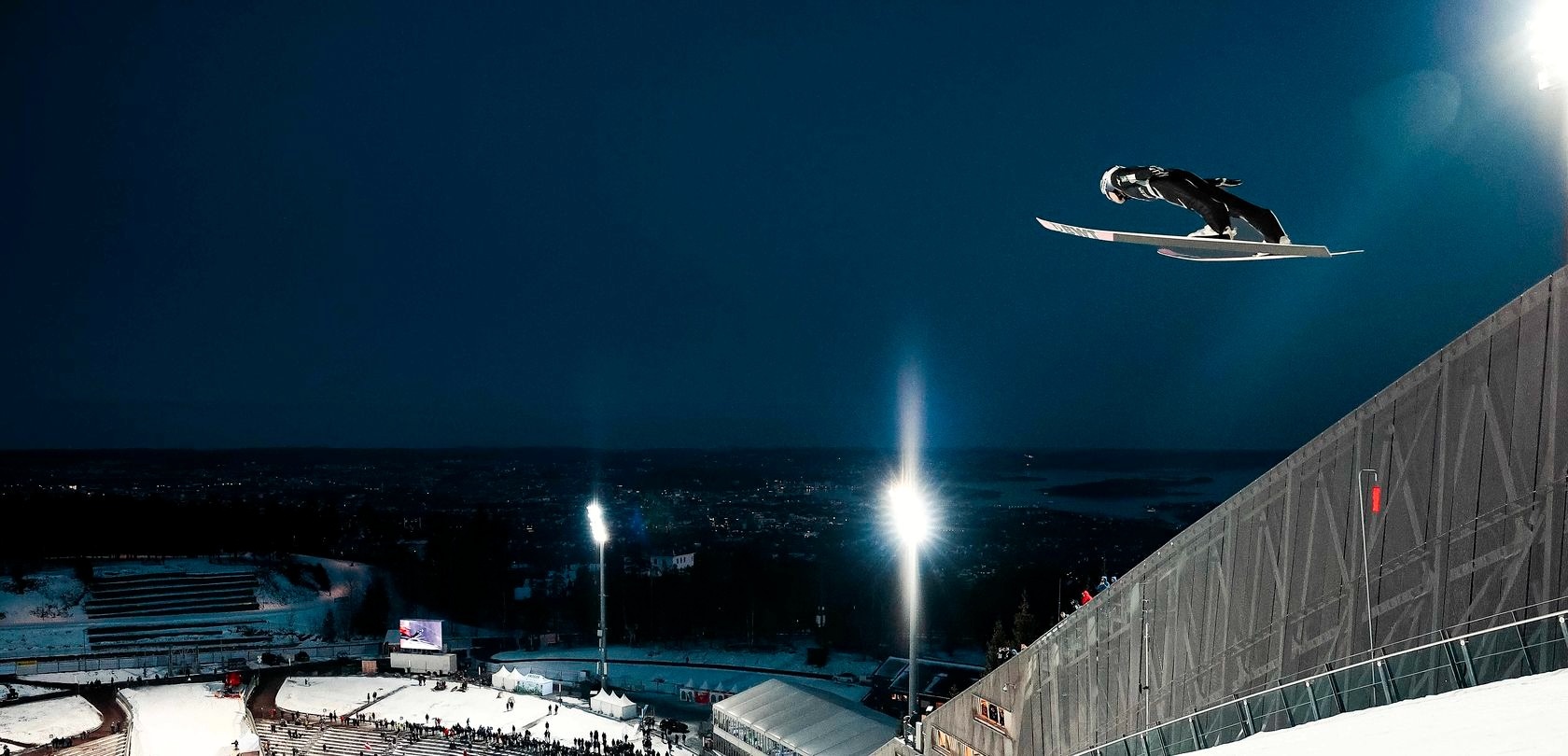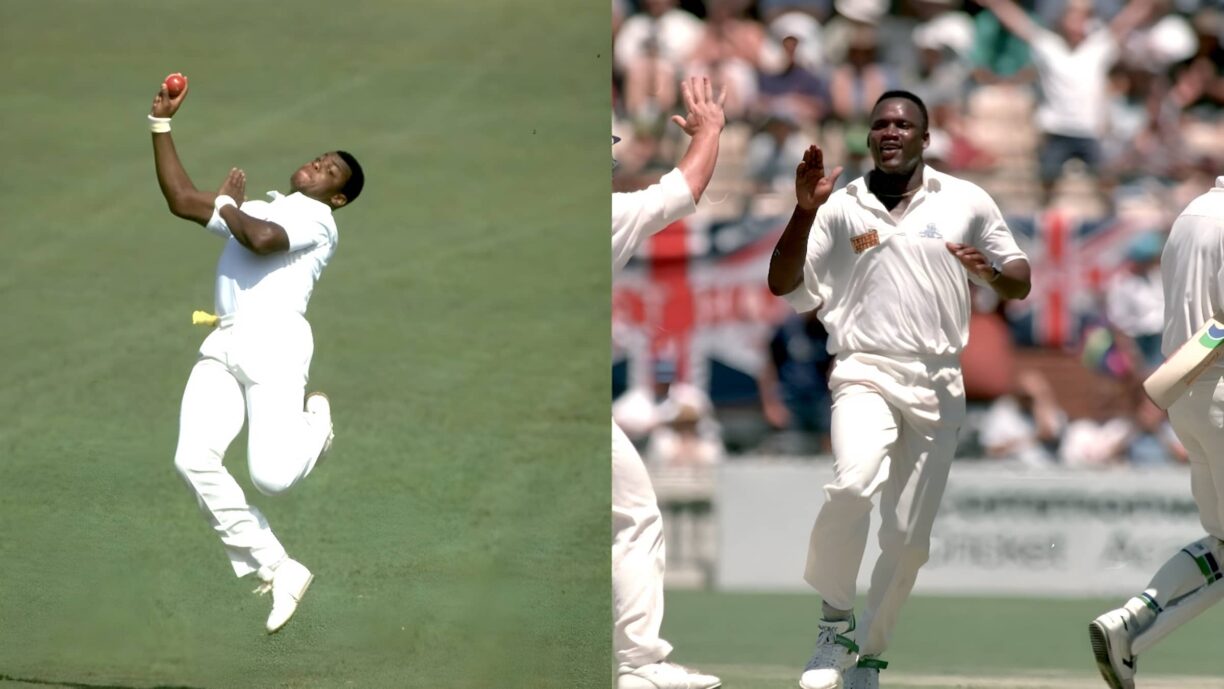In a move designed to clean up Ski Jumping’s image faster than a waxing iron on race day, the FIS Council has approved a raft of new equipment rules that will shake up the sport starting with the 2025/26 season.
The changes, greenlit during a June 12 meeting, aim to curb tampering, restore credibility, and reintroduce a sense of fairness that’s been flapping in the wind since recent controversies came to light.
At the heart of the overhaul? A bold new yellow and red card sanction system for athletes caught playing fast and loose with the rulebook. A single equipment violation now earns a yellow card.
Slip up again, and it’s a red card, a suspension from the next event, and a lost quota spot for the guilty nation. No appeals. No excuses. Just consequences.
And yes, this applies to both men’s and women’s Ski Jumping circuits.
Leading the crackdown is new equipment controller Jürgen Winkler, backed by former jumper and technical guru Mathias Hafele, who brings expertise from his time with the Polish Ski Association.
will also extend his oversight to Nordic Combined—a wise move, considering the close crossover in equipment standards and expectations.
Suit Yourself—But Not Too Much
The biggest talking point in Ski Jumping these days isn’t air resistance or take-off angles—it’s the suit. Following the now-infamous manipulation scandal that rocked the FIS Nordic World Ski Championships in Trondheim earlier this year, the governing body is leaving little to chance.
Starting this summer’s Grand Prix, jumpers will undergo enhanced 3D body measurements, supplemented by new metrics for arm length and foot size. This data feeds directly into suit validation.
If a suit doesn’t match the athlete’s real dimensions, it’s out. Full stop. Suits rejected on site can only be resubmitted the following weekend.
Suit design is also getting a nip and tuck. Tighter regulation around arm and leg cuts, glove thickness, and even the fit of boots and wedges leaves far less room for crafty tailoring.
Measurements around the thighs—particularly the crotch—have been recalibrated to reduce any lift-giving slack. The message is clear: no more flying under the radar with sneaky fabric hacks.
RFID Chips, Real-Time Sanctions, and a Watchful Eye
Every legal suit will carry a Radio Frequency Identification (RFID) chip, verified by equipment controllers and fitted only after the suit passes inspection. Any detected tampering—be it post-approval modifications or chip mischief—will trigger a sanction in line with the FIS Rules on the Prevention of the Manipulation of Competitions.
Post-jump inspections are no longer hit-and-miss affairs either. Two fixed controllers will conduct evaluations after each jump, while another stationed at the start gate will keep tabs on pre-jump rituals and athlete behaviour during measurement procedures.
For the public? Disqualifications will now be transparently displayed via the Swiss Timing System, the same one used for results, ensuring fans can follow not just the jumps, but the justice.
Education and Long-Term Vision
FIS isn’t just policing from above—they’re building understanding from the ground up. Officials and national teams will receive comprehensive training, both online and in person. Hafele himself will run on-site workshops to walk teams through the new standards and avoid misinterpretation.
“The last few months have been extremely challenging for Ski Jumping, as we all know,” acknowledged FIS Ski Jumping Race Director Sandro Pertile. “Through all of this, one of FIS’ main priorities has been to ensure that the recent problems related to equipment serve as an accelerator for the evolution of the sport and its controls.”
“We really hope that all teams will be on board and contribute to a fair environment for the discipline,” he added, urging collaboration.
Looking beyond the immediate reforms, FIS has launched a long-term project to assess even deeper structural changes. Led by Nordic Combined Race Director Lasse Ottesen, this think tank will present preliminary ideas at the Fall Meetings in Zurich this September.
“The measures to be taken this season will already make a great deal of positive difference,” said Ottesen. “But we are convinced that if all key stakeholders involved in the discipline get their heads together, we can come up with intelligent and innovative proposals to keep taking Ski Jumping further and further.”
So, if you’re planning on soaring through the air in 2026, best make sure your suit is clean, your measurements accurate, and your ambitions legal. Ski Jumping just got a whole lot sharper—and that’s not just the tailoring





